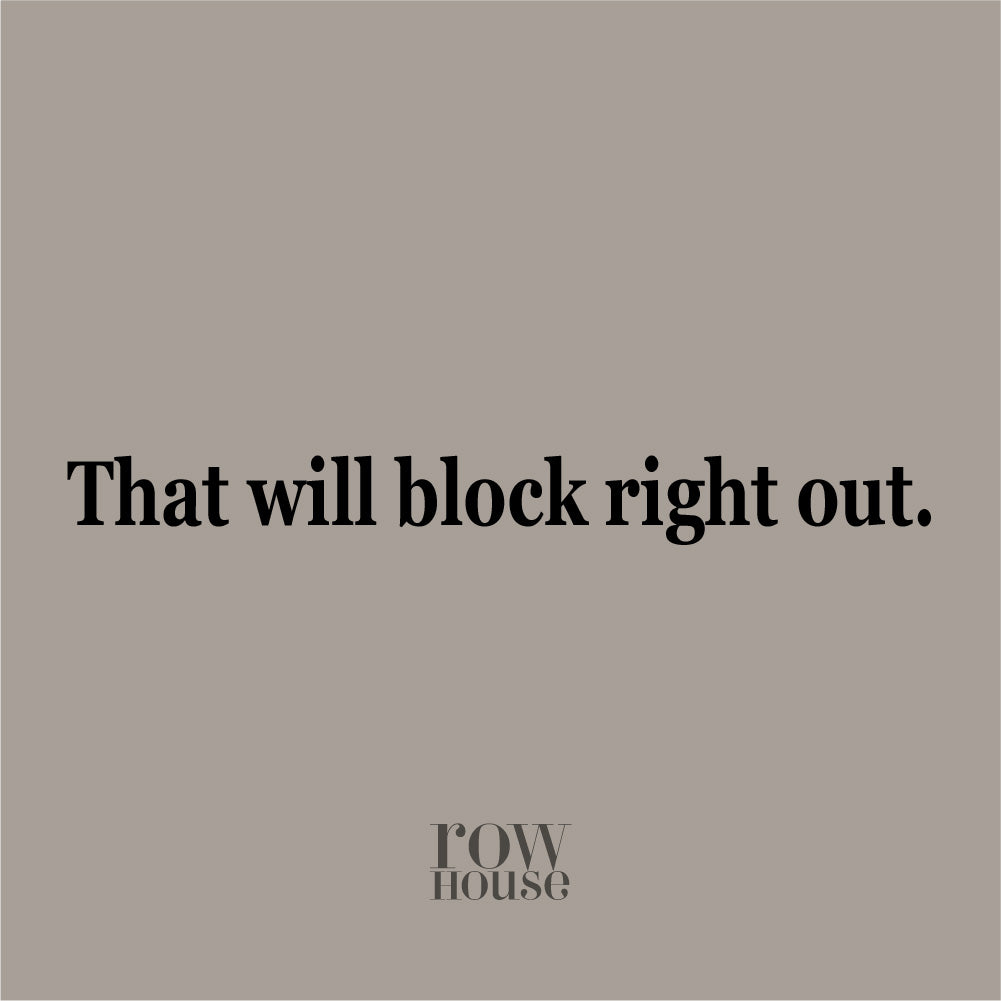
What is Blocking? And do I really need to do it?
What is Blocking?
If you're a newish knitter, you may have heard (or seen!) people use the term blocking and wondered what they were talking about. Blocking is when you take finished pieces of a project, or the completed project, and you wet them to help the edges lay flat and details stand out more.
How do I Block something?
We've got a video that helps explain the blocking process and shows you a bit of the difference it can make. Watch it HERE.
There are different ways to block something, so think about what will work best for the fiber and the results you want.
First, you can use a steam iron on the correct setting to gently press the knitting - you may want to use a towel in between the knitting and the iron, if it is a delicate fiber. This method can be good for basic seams or knitting, but it may not get you the best results for lace or other stitch patterns. It may make cables or other patterns look a bit smashed down.
Second, you can give it a bath in cool water. To do this, you put it in a sink or bathtub or basin in cool water and let it sit for at least 20 minutes (to make sure the water really gets into the core of the yarn). Then drain the water - we like to let the knitting sit on the slope of the sink or tub to drain it further for another 30 minutes or more. Be careful not to wring out the yarn - that will distort the knitting. if you want to get more water out before laying it out to dry, you can gently roll it in a towel to get rid of excess water.
Then lay it out on a surface that will allow water to drain (and that you can pin the item to to get the shape you want). There are specially made blocking boards and foam squares, but people also use old yoga mats or towels. Use what works for you! You then will most likely want to use blocking pins to hold the wet knitting in the shape and measurements you want. When the knitting dries, it will hold that shape. So if you want to make sure lace knitting is shown to its best advantage, you'll want to spread the knitting out so that the lace pattern can be clearly seen.
Do I need to Block my Knitting?
It depends. All knitting can survive and be functional without blocking. Some knitting is tough to block (hats, socks). But most knitting looks a bit better once it's been relaxed with water and had a chance to dry. We also like blocking the pieces of some of our garments before we seam them - then the edges lie flat, and it makes it easier to seam up (and to line the seams up properly). And lace knitting and other stitch patterns often look A LOT better after they're blocked. Lace especially . . . .
Still have questions? Feel free to email us any time at officehours@rowhouseyarn.com - we'd love to hear from you.


Leave a comment